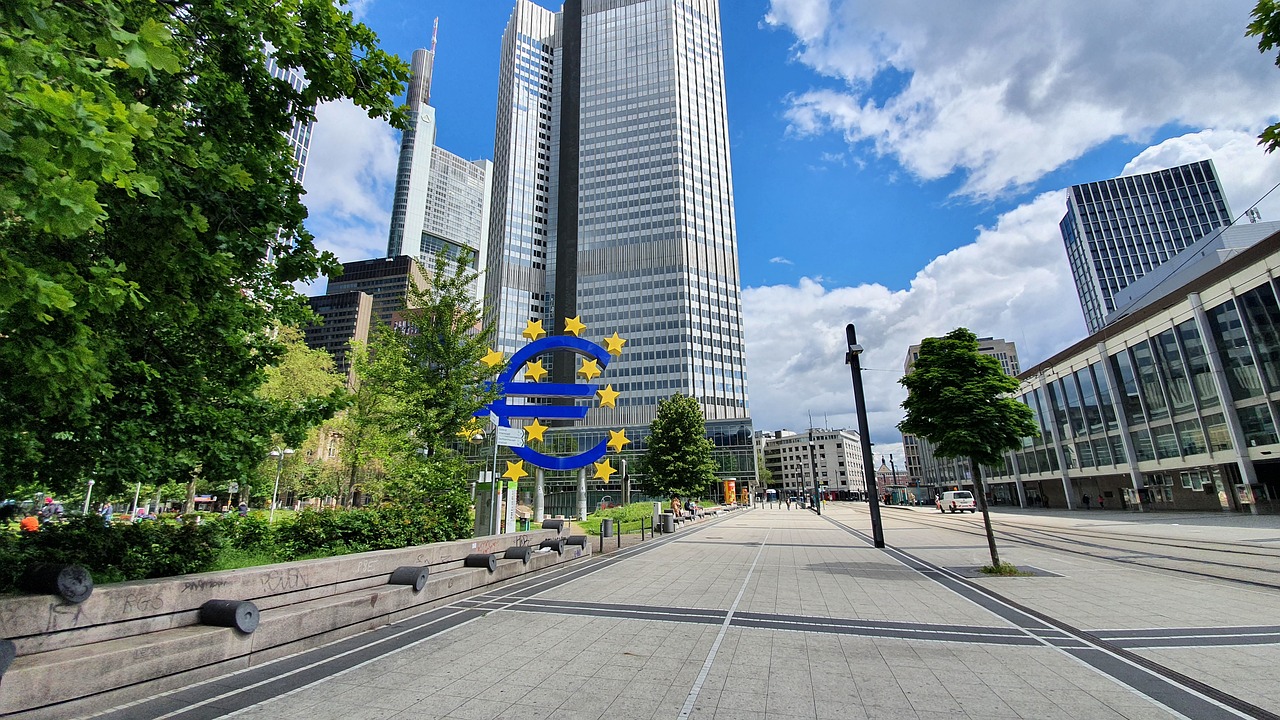The European Central Bank (ECB) has lowered interest rates by 0.25 percentage points to 4.25 percent. This decision aligns with market expectations, which have anticipated this scenario for several weeks. However, this does not signify an imminent return to a zero interest rate policy. Concerns about the resurgence of higher inflation remain realistic. A more significant package of rate cuts in Europe will likely be postponed until 2025.
The ECB has reduced interest rates by 25 basis points, bringing the refinancing rate down from 4.5 to 4.25 percent. This is the first reduction in this rate in eight years, long-awaited and predicted by the market. It is also a clear confirmation of a global trend where rate cuts outnumber hikes – since the beginning of the year, there have been 67 rate cuts worldwide and only 16 rate hikes. This year, among European countries, the Czech Republic, Hungary, Switzerland, and Sweden have already lowered their rates. Globally, major economies like Brazil, Chile, and Argentina in South America, which were among the first to raise rates in the previous economic cycle, have also taken similar steps.
Of course, for the global economy and investors, the interest rates in the US and the Eurozone remain the most crucial. There has been a race to see who would lower rates first. Now, with the decision made, a rate cut in the US is deferred, likely occurring only after summer. While economic growth in the US has slowed in recent quarters, it remains higher than in Europe, at 1.6 percent compared to 0.3 percent. However, core inflation across the Atlantic is higher – 3.6 percent compared to 2.9 percent. Ultimately, Europe is making more progress in fighting inflation, giving the ECB more maneuvering room than the Federal Reserve. In Poland, inflation currently stands at 2.5 percent, but concerns about its increase mean that rate cuts will likely wait until 2025.
In Europe, markets have long awaited a rate cut. Given the high sensitivity of both the EU economy and stock markets to lower interest rates, this serves as a significant catalyst. The main challenge for the ECB, as with other central banks, remains maintaining a balance between supporting economic recovery and avoiding new inflationary turbulence. Too rapid and too severe a reduction in the cost of external financing in the coming months could overly stimulate the economy and trigger a second wave of inflation.
The strong labor market in Europe makes the economy more resilient than expected. However, this strength poses a risk to future interest rate policy. In the first quarter, wages in Europe rose by 4.7 percent year-over-year. Considering that consumer spending accounts for over 50 percent of European GDP, this phenomenon cannot be ignored. At the same time, inflation in Europe is decreasing – mainly due to high interest rates. Falling inflation and rising wages may indicate that consumption is being stimulated by higher real incomes. This might force the ECB to delay planned rate cuts to prevent a second wave of inflation and maintain price stability.
The interest rate cut in no way signifies an imminent return to a zero interest rate policy. The market currently assesses that rates should drop by 0.61 percentage points by the end of the year, with a 0.16 percentage point reduction expected in September. Thus, in the most likely scenario, the next rate cut in the Eurozone might occur in December, and a more comprehensive round of cuts may start no earlier than 2025. The European service sector is experiencing stronger growth, and the manufacturing sector also shows clear improvement. Nonetheless, growth still lags behind the dynamics in the US. A stronger growth momentum is expected in the summer, which could significantly complicate the path to further interest rate cuts.
The rate decision coincides with the start of the European Parliament elections, which are held in different countries from June 6 to June 9. Voting in Poland will take place on Sunday, June 9.
Paweł Majtkowski, analyst at eToro in Poland
